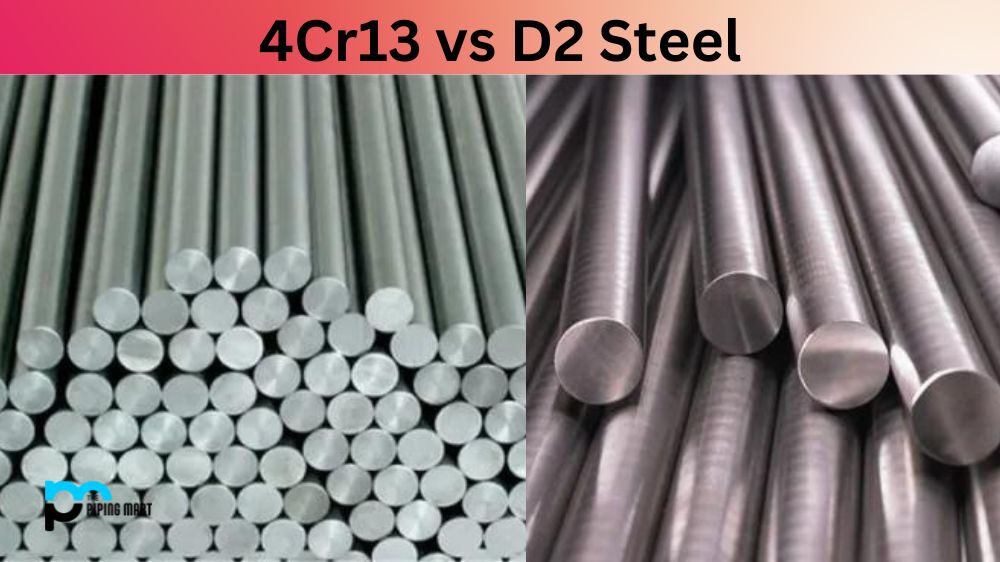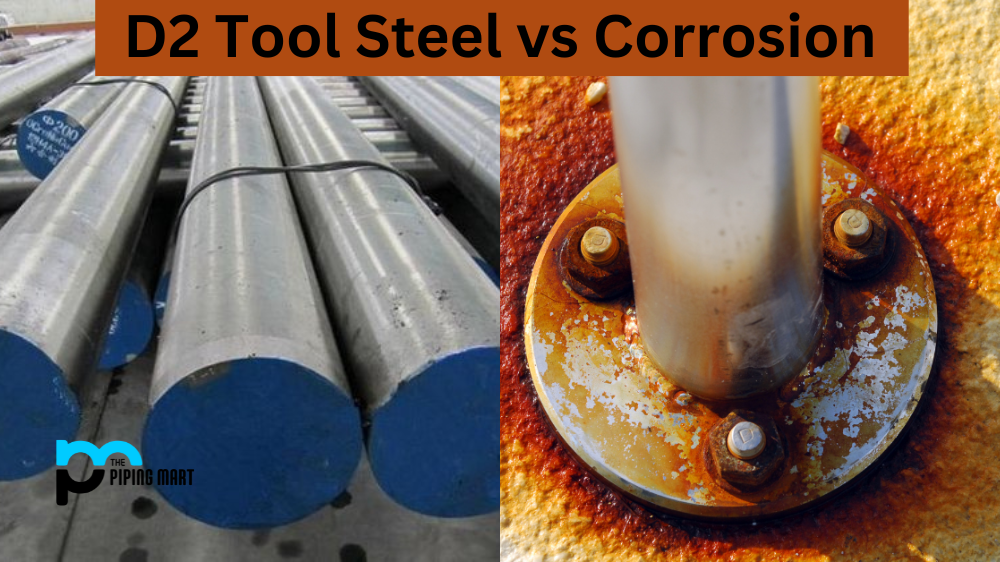Steel selection is one of the most important factors to consider when it comes to knife making. The quality and type of steel used will ultimately determine the durability and effectiveness of the knife. 4Cr13 and D2 steel are popular choices in the knife-making community, but what are the differences? In this post, we’ll take a closer look at 4Cr13 vs. D2 steel and break down the pros and cons of each.
What is 4Cr13 Steel?
4Cr13 steel is a martensitic stainless steel commonly used in cutlery production. It contains a relatively small amount of carbon and chromium (around 0.40% – 1.00%). The material has good hardenability, wear, strength, and corrosion resistance. With proper heat treatment, it can be hardened to a hardness of up to 55 HRC on the Rockwell C scale for better edge retention and durability than other cheap steels.
What is D2 Steel?
D2 steel is a high carbon, high chromium air-hardened tool steel made for superior performance and long service life. It typically has an abundance of carbon (1.55%) and 12% chromium content, giving it excellent wear resistance, meaning it keeps its cutting edge over long periods. Additionally, D2 has higher levels of molybdenum and vanadium for enhanced toughness, making it suitable for industrial applications where durability is key.
Difference Between 4Cr13 and D2 Steel
Composition:
The first major difference between 4Cr13 and D2 steel is their composition. 4Cr13 is a low-end stainless steel made of 0.4% carbon, 13% chromium, and 0.2% molybdenum. D2 steel, on the other hand, is a high-end tool steel made of 1.5% carbon, 12% chromium, 1% molybdenum, and 0.9% vanadium. Because of the higher carbon content in D2 steel, it is generally more durable and retains an edge longer than 4Cr13.
Rust resistance:
Another major difference between 4Cr13 and D2 steel is their resistance to rust and corrosion. 4Cr13 is a stainless steel, meaning it is less prone to rust than other types of steel. However, it is still vulnerable to rust if exposed to harsh conditions. D2 steel is not a stainless steel and is therefore more prone to rust and corrosion. It is often coated in a protective layer or handled with care to combat this.
Blade retention:
A knife’s ability to retain its edge is important when selecting steel. Because of its higher carbon content, D2 steel is known for its superior blade retention. This means that it will stay sharper for longer than 4Cr13 steel. However, sharpening is also more difficult and may require more maintenance. 4Cr13 steel, while not as durable, is easier to sharpen and maintain its edge.
Price:
Finally, price is an important factor to consider when selecting steel. 4Cr13 steel is low-end and, therefore,, more affordable than D2, high-end steel. While D2 steel may be more expensive, it is also more durable and may provide better value in the long run.
Conclusion:
In conclusion, both 4Cr13 and D2 steel have their strengths and weaknesses. 4Cr13 is a low-cost stainless steel that is easy to sharpen and rust-resistant but may not retain its edge, as well as D2 steel. D2 steel is a high-end tool steel that is more durable and retains its edge better but is less rust-resistant and may require more maintenance. The choice ultimately comes down to personal preference and intended use. When selecting steel, consider the composition, rust resistance, blade retention, and price to find the best fit for your needs.

Pipingmart is a B2B portal that specializes in metal, industrial and piping items. Additionally, we share the latest information and information about materials, products and various types of grades to assist businesses that are involved in this business.




